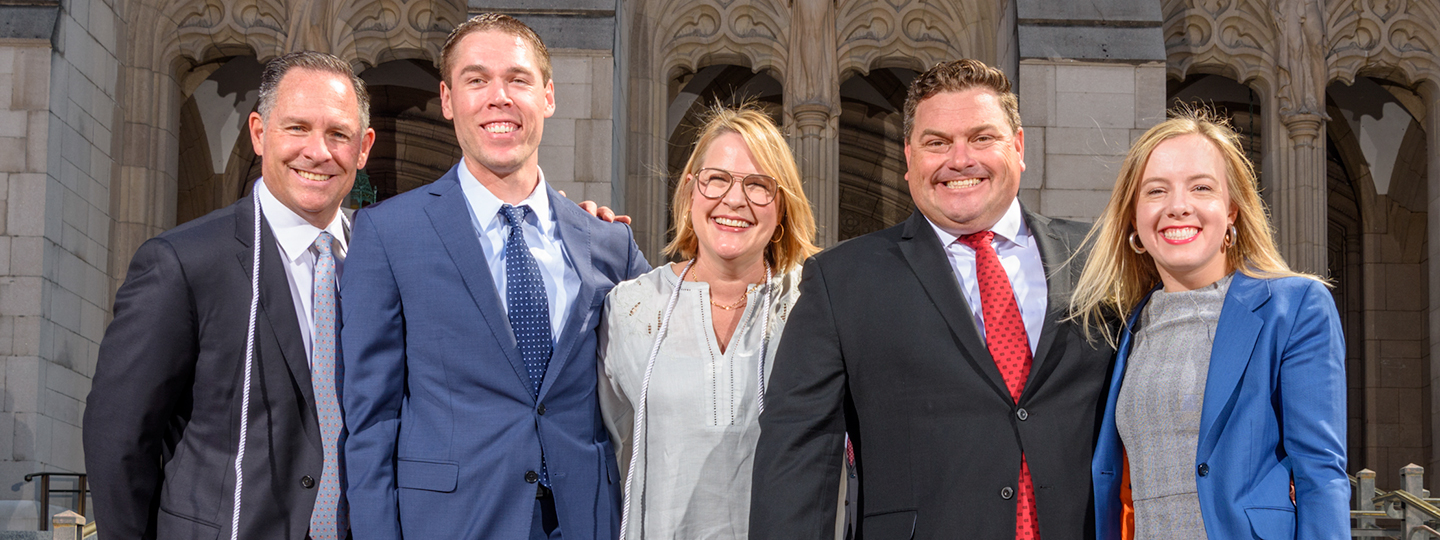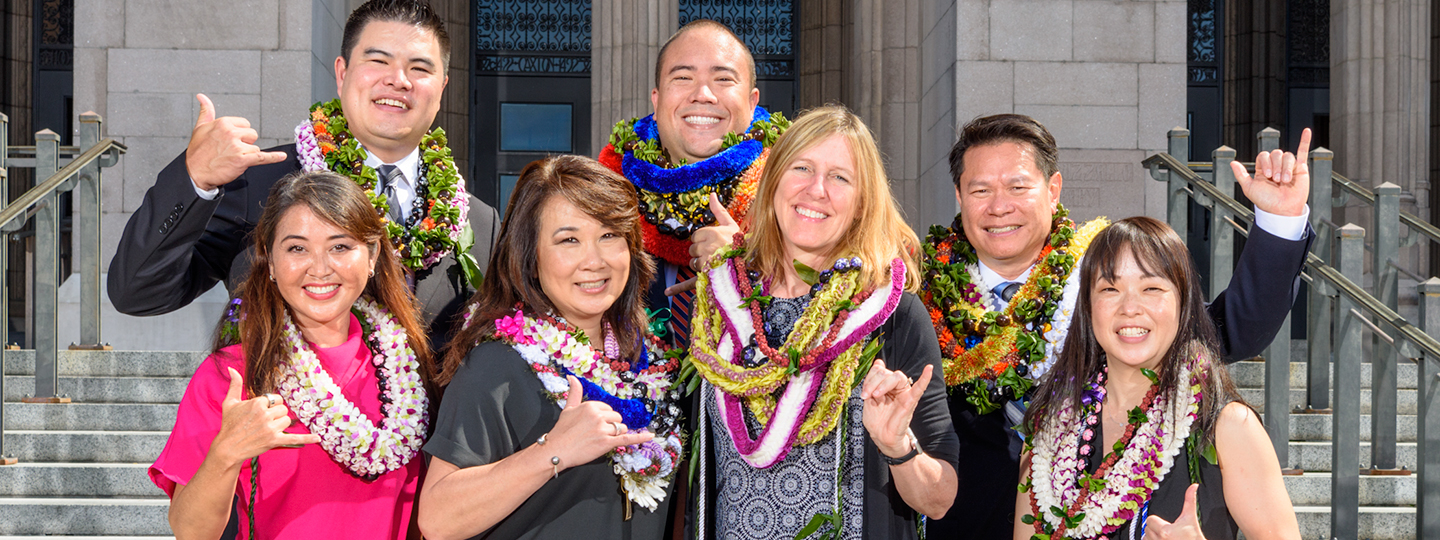Students at PCBS come from financial institutions of all sizes — from organizations with fewer than $100 million in assets, to multi-billion dollar megabanks. While most students are banking professionals, some are regulators, accountants, and attorneys. Together, PCBS students offer a diverse mix of perspectives and backgrounds that reflect the world as it actually exists, providing an exceptionally rich learning experience.
There is simply no shortcut to a great education. True mastery of a subject comes not from short seminars, but from longer, in-depth classes. PCBS classes include valuable face-to face time with our remarkable instructors, allowing students to ask questions and exchange ideas. This collaborative culture is enhanced by the caliber of student who attends PCBS.
We require all students to attend all three resident sessions. Some programs waive entry-level courses for students with MBA degrees; however, we consider MBA knowledge to reflect mastery of the prerequisites. Because our courses are so industry-focused, there is little redundancy with MBA coursework. In fact, over 20% of our students already have MBAs. At PCBS, the caliber of our students sets us apart from our competition.
PCBS does not discriminate on the basis of age, religion, disability, marital status, gender, sexual orientation, veteran status, color, race, or national or ethnic origin in the administration of its policies, admissions, or any school-administered programs.
Bank Asset Size
Over $10 Billion
44%
$1 - $10 Billion
26%
$500 Million - $1 Billion
11%
$0 - $500 Million
13%
Non-Bank
6%
Bank Position
CEO, Chariman, President, CFO
7%
Executive, Senior, or Regional Vice President
25%
Vice President
52%
Assistant Vice President, Unit/Group Manager
12%
Other
3%
Educational Background
Law Degree or Doctorate
1%
Master’s Degree
26%
Bachelor’s Degree
59%
Associate Degree or Some College
12%
High School
2%
Gender & Ethnicity
Women
37%
Men
63%
BIPOC
63%





